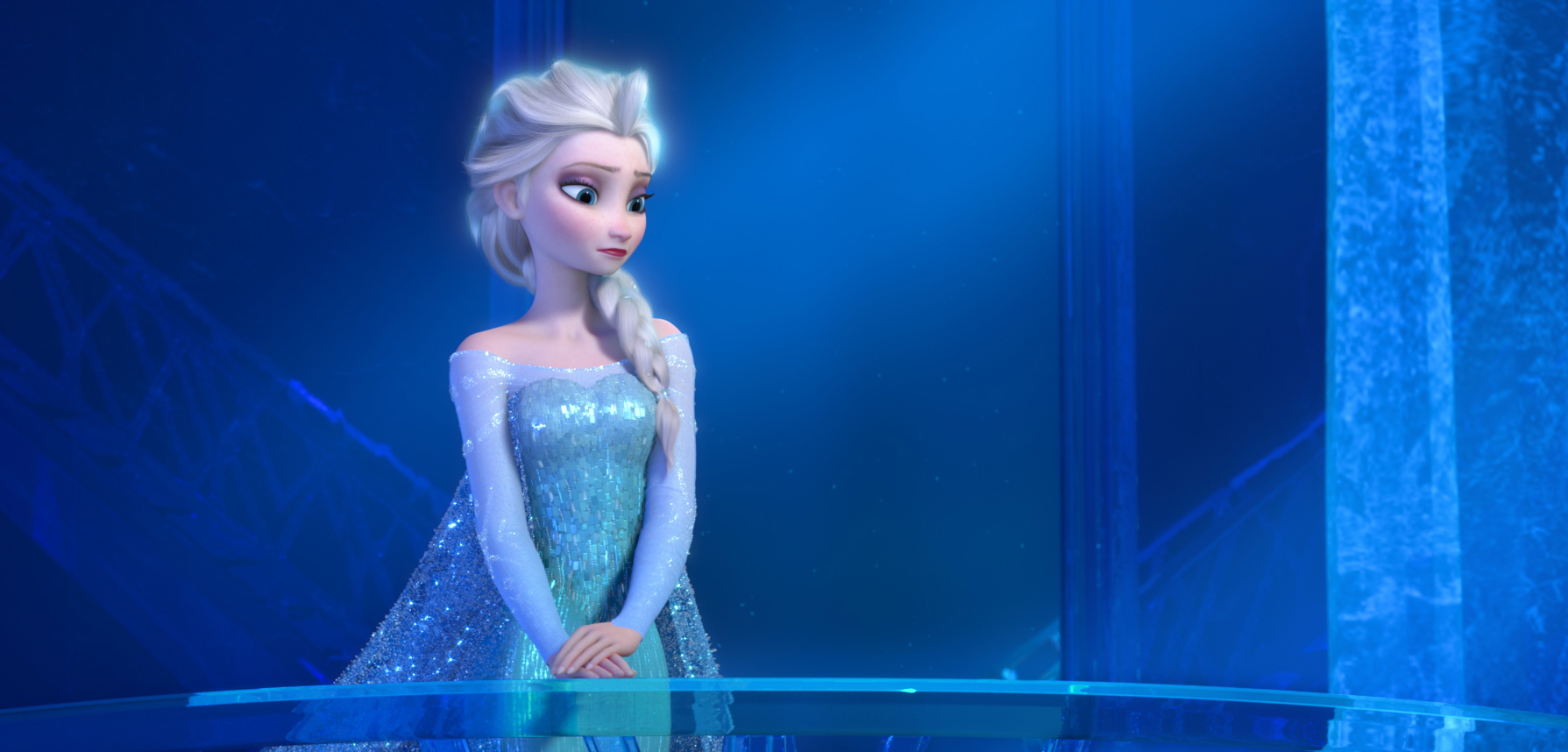LOS ANGELES — In the 1937 promotional film “How Walt Disney Cartoons Are Made,” an announcer describes some of the intricate work going into the studio’s first feature-length film, “Snow White and the Seven Dwarfs,” in the ink-and-paint department.
“Here, hundreds of pretty girls in a comfortable building all their own, well-lighted, air-conditioned throughout, cover the drawings with sheets of transparent celluloid,” the announcer says over images of white-gloved young women preparing male animators’ drawings for the screen. “Then, they painstakingly trace every line.”
At Disney in the 1930s –as at just about every other workplace in America at the time — female employees had their place, making the creative work of men look good.
Three-quarters of a century later and for the first time on a Disney animated feature, a woman’s place is in the director’s chair. Jennifer Lee, a screenwriter, shares directing credit on “Frozen” with animator Chris Buck. At the same time, the Burbank, Calif., studio is releasing the short film “Get a Horse!,” a retro-style Mickey Mouse short directed by Lauren MacMullan of “The Simpsons,” marking the first time a woman has had solo directing credit on any Disney Animation movie.
The timing is purely coincidental, Disney Animation Chief Creative Officer John Lasseter said. But the new era of female creative leadership at the studio is the product of decades of evolution.
“Animation has been a male-dominated industry for a long time,” Lasseter said, “not that it’s been an old boys’ club — there have been real superstars who were women — but now you’re seeing more women in supervisory and leadership roles, in story, in layout, in animation. In the production side, there’s a lot of very strong women. It’s been growing.”
Lee and MacMullan seem discomfited by the attention they’re getting for their gender.
“Am I really the first woman to do something here by myself?” MacMullan said. “We had to go check, because it didn’t really occur to us.”
Lee added, “It wasn’t my top concern in any way.”
The recent boom in animated movies — 11 will be released this year — has meant more opportunity, but it isn’t much different from the wider directing community in Hollywood. Women accounted for 9 percent of the directors on the top 250 domestic-grossing films in 2012, according to the Center for the Study of Women in Television and Film at San Diego State University.
“These are big animated movies,” MacMullan said. “They cost a lot of money. … And the best way to make those movies is with women involved in the making of them.”
Based loosely on the Hans Christian Andersen tale “The Snow Queen,” “Frozen” centers on the conflict between two royal sisters: an exuberant young Anna (voiced by Kristen Bell) and her remote older sibling, Elsa (voiced by Idina Menzel). Early reviews of the film have been positive, with critics noting that “Frozen” manages to avoid the common pitfalls of female-led animated movies that are either hopelessly old fashioned or leaden you-go-girl polemics.
Lee, one of the writers on Disney’s 2012 video game movie “Wreck-It Ralph,” joined Buck, the director of “Tarzan” and “Surf’s Up,” on the film in 2012, four years after the long-gestating project was greenlighted.
“Especially because we have two female protagonists, it was great bringing Jen on,” Buck said as the two were still tinkering with their story.
Lee had an impact on the sister story line, which hadn’t been in previous iterations of the film, visual development artist Brittney Lee said.
“As soon as Jen came on, I suddenly saw my sister and I in the sisters,” Brittney Lee said. “I recognized these two are real girls. Once a female perspective was present in the writing, it was so much easier to get behind it.”
Jennifer Lee said she attempted to humanize Anna, who might be the first Disney princess to be flatulent, and to beef up the male characters: “I kept saying, ‘Can we give Hans thighs, ’cause that’s kind of appealing?’ They were so little.”
As with “Snow White,” “Cinderella” and “Tangled,” the protagonists of “Frozen” are princesses. Disney’s recurrent princesses are problematic for people who say they propagate a certain standard of slim-waisted, wide-eyed, girlie girlness.
“Frozen” recently entered that debate when Lino DiSalvo, the male head of animation on the film, was quoted on a fan website describing the difficulty of animating female characters, because “they have to go through these range of emotions, but you have to keep them pretty.” The comment, which a representative for Disney said was “recklessly taken out of context,” hit a nerve on the blogosphere, for the perceived implication that female characters must always be attractive.
Jennifer Lee said the female characters on “Frozen” were challenging to animate not because they’re female, but because they’re the leads, carrying the heaviest burden of expression in the story.
It’s common for animators to film themselves to capture the physics of a character’s movement. On a movie with prominent female characters, it helped to also have female artists.
“Sometimes, the male animators would say, ‘I’m trying to do this walk through the hallway, and I’m filming myself, and it just looks like a guy,'” said animator Hyun-Min Lee. “I hope we could have helped make those two characters more believable and relatable.”



